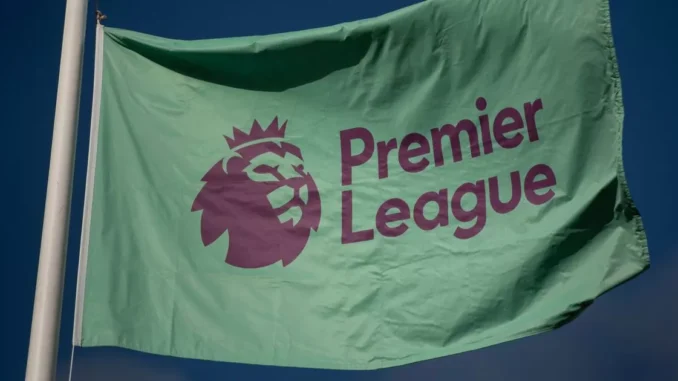
Aston Villa and every other Premier League will soon be working within a new set of financial rules.
Using a squad cost-to-revenue ratio, the Premier League has revised its financial procedures to comply with UEFA’s Financial Sustainability Regulations (FSR). The new regulations might take effect as early as this summer, which would impact Villa’s upcoming transfer intentions.
“At a Premier League shareholders’ meeting today, clubs agreed to prioritise the swift development and implementation of a new league-wide financial system,” a Premier League spokesperson said on Monday. This will guarantee that the Premier League can continue to make its current, industry-leading investments at all levels of the game and give teams confidence regarding their future financial plans.”
“At a Premier League shareholders’ meeting today, clubs agreed to prioritise the swift development and implementation of a new league-wide financial system,” a Premier League spokesperson said on Monday. This will guarantee that the Premier League can continue to make its current, industry-leading investments at all levels of the game and give teams confidence regarding their future financial plans.”
Twelve months ago, UEFA approved the implementation of the FSR, which took the role of the FFP system. The squad cost ratio, which connects a club’s expenditures on things like player salaries and transfer fees to turnover, is the key component of FSR.
The amount spent cannot go over 90% of turnover in the upcoming season; it will thereafter be limited to 70% of turnover by 2025–2026. One way to think about the squad cost ratio is as a “soft” spending cap for clubs.
According to Premier League PSR regulations, clubs are only allowed to lose a maximum of £105 million in any three-season span. Clubs are restricted in how much of their turnover they can spend on salaries and transfer costs because to UEFA’s FSR regulations.

Villa’s revenue for the 2022–2023 season increased to £217.7 million from £178.4 million the year before. Villa’s competitors made almost £700 million in revenue in 22–23, while Arsenal made £464.6 million.Manchester United earned 648.4 million in income, compared to £272 million for Liverpool.
With their opulent new stadium, Tottenham Hotspur pulled in £589.9 million, while Newcastle recently revealed £250.3 million in revenue.
Between Villa and Newcastle and the ‘big six’, who have already invested years, if not decades, in developing their commercial strength, there is a major difference. The next few years will be a litmus test for whether new regulations are actually shielding those teams, who were undoubtedly in danger from Villa and Newcastle.
In order to maintain financial stability, both teams may need to think about selling players this summer. However, it doesn’t seem right that teams vying for Champions League spots alongside the big six should have to regress after making some progress. They will have a difficult time increasing their revenue in an effort to compete on a season-by-season basis with the best clubs.
View more updates on https://sportupdates.co.uk/

Leave a Reply